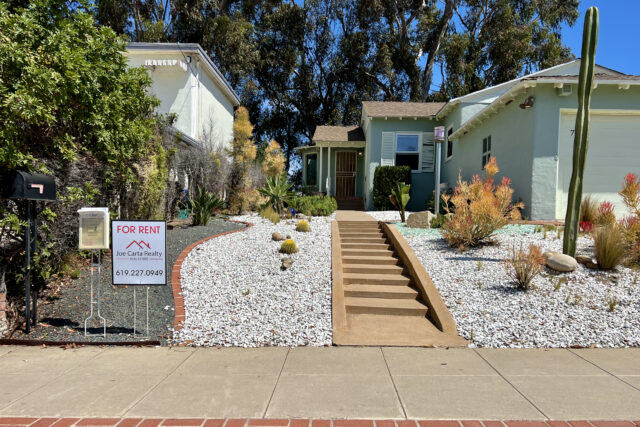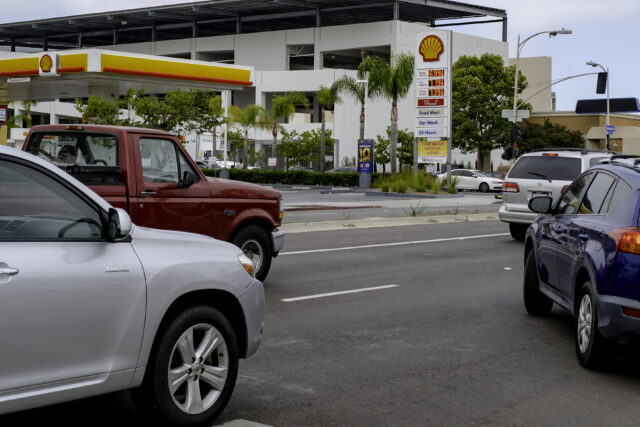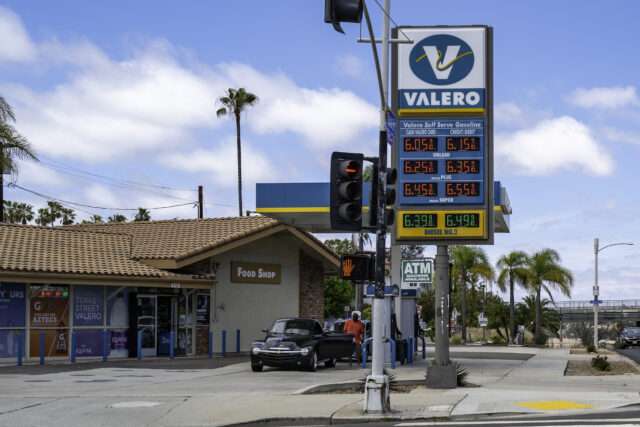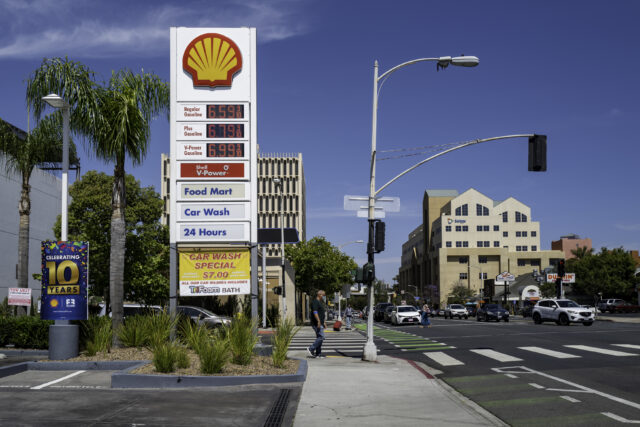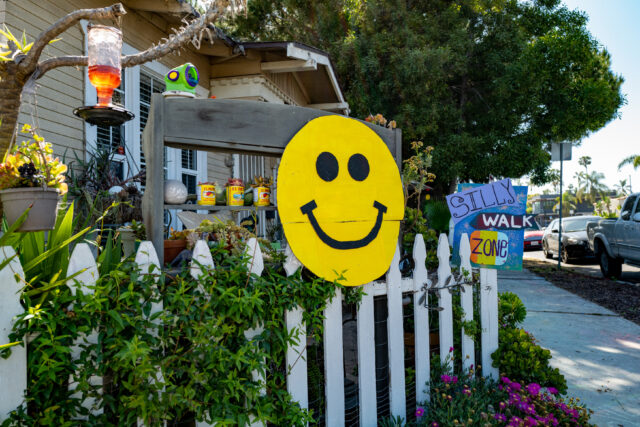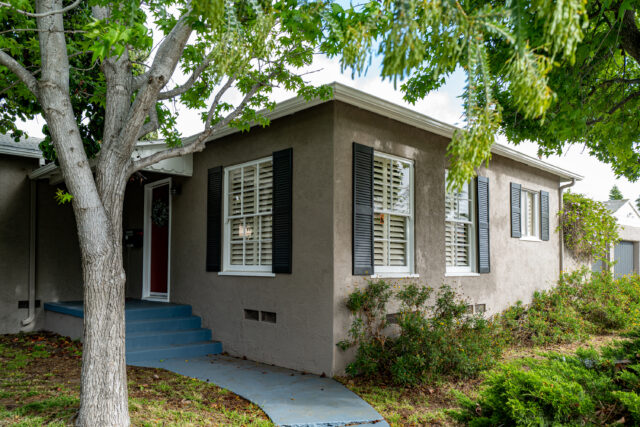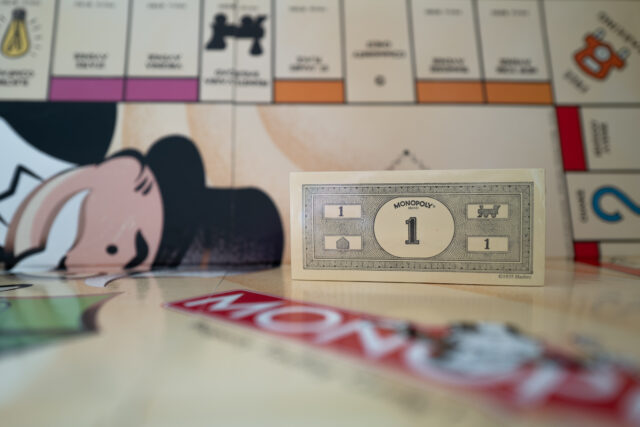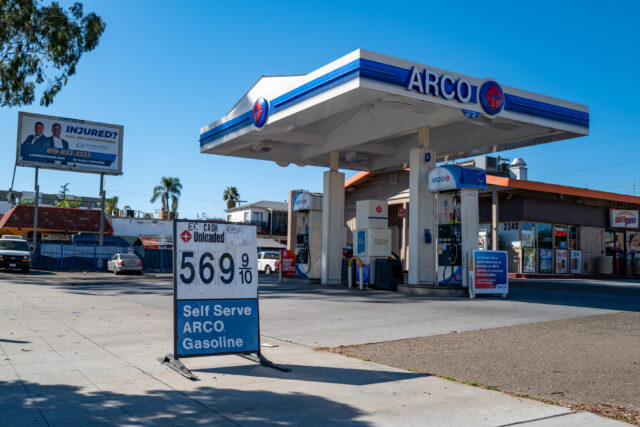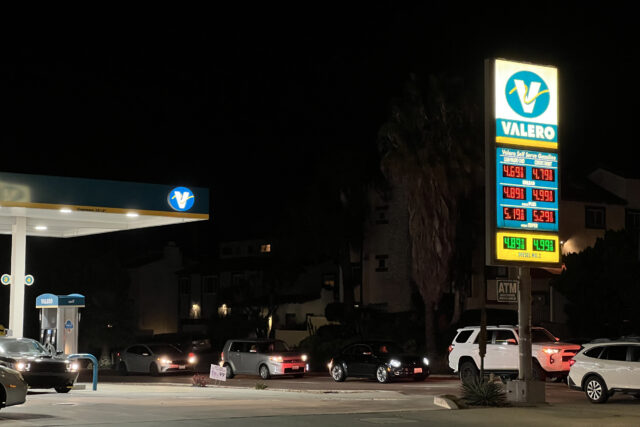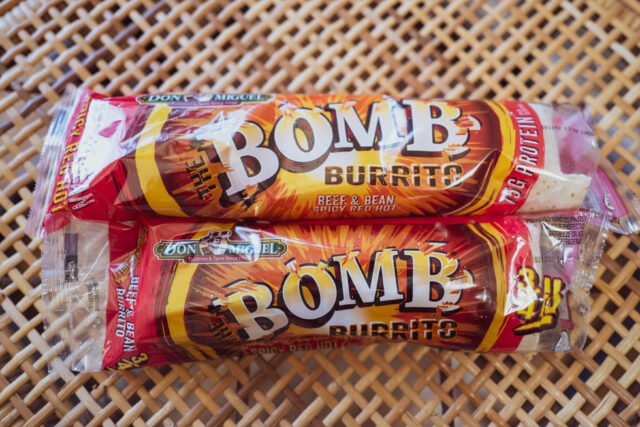What I want to know: Who rented this University Heights home? When my wife and I passed by on Aug. 3, 2022, a “For Rent” sign welcomed interest—well, until looking at the asking price of, uh-hum, $5,450 monthly. Granted, by square feet, the place is one of the larger houses in our San Diego neighborhood. But who commits to $65,400—more than an annual salary for many locals—to rent?
Buying is no bargain. One of the, ah, affordable homes for sale nearby lists for $1.1 million. Zillow estimates a monthly mortgage payment, along with insurance and taxes, of $5,797; that’s after 20 percent down. Who can afford to buy? Answer: The fine folks at Visual Capitalist rank San Diego as the nation’s third costliest home market, with a median price of $905,000. Necessary salary: $166,828.
